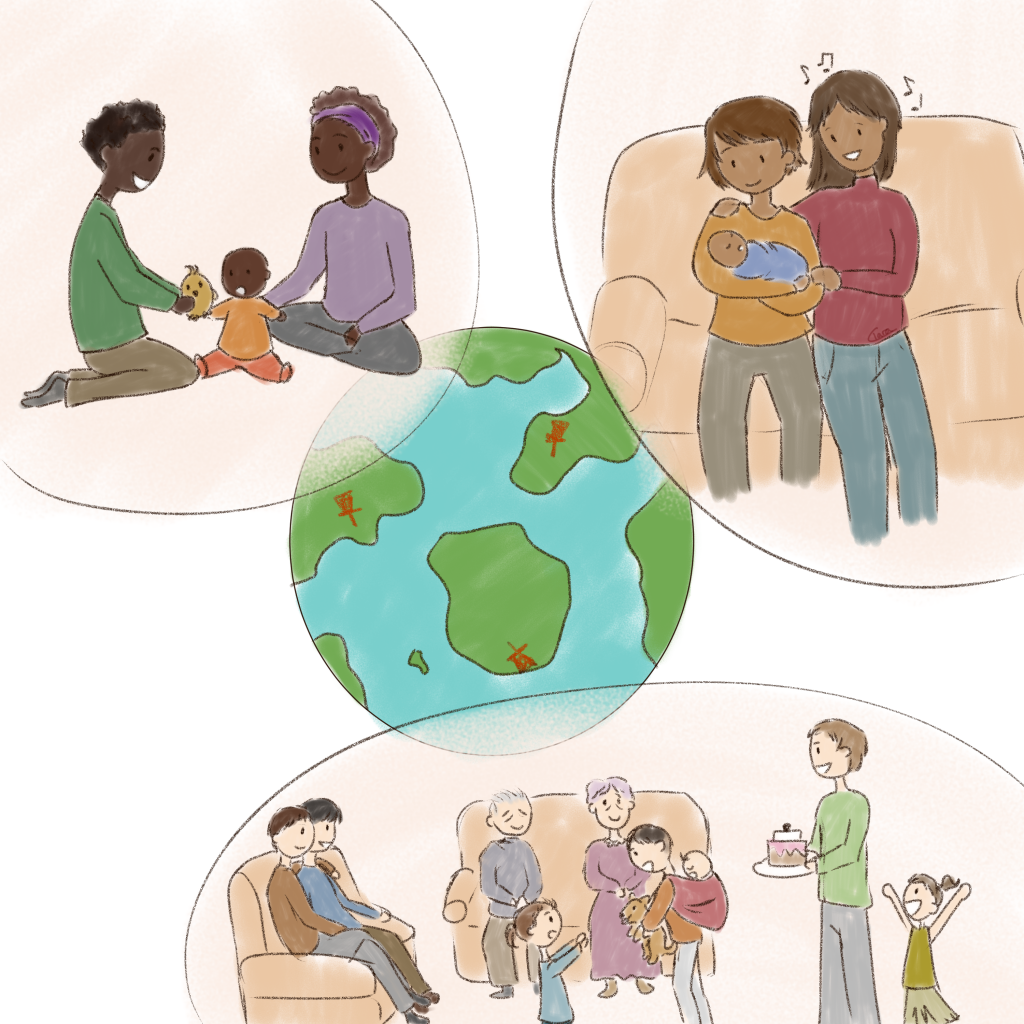Do we speak to babies the same way all over the world?

We adjust our speech from moment to moment, depending on the situation. Imagine introducing yourself at an interview versus presenting yourself to friends-of-friends at a party. The way we speak to babies, also, varies a lot from place to place, and even on the baby herself!
In some communities, many caregivers tend to use different words when they talk to a baby. For example, in Japanese, there is a complete set of ‘baby words’, that are used instead of ‘adult words’ when speaking to babies. The Japanese word for ‘dog’ is ‘inu’, but the word used to say ‘dog’ to babies is ‘wan wan’!
In other communities, like those of Javanese speakers from Indonesia, many caregivers speak normally to children, and do not simplify speech when talking to young children. Caregivers immerse children from day one in the plethora of ways there are to address different speakers depending on their social status.
And in some other communities, it is even uncommon for caregivers to speak directly to young babies at all, as observed in one Samoan village.
Even within a culture, how caregivers speak to babies can be very different. Caregivers often adapt their speech to the baby in front of them. When a baby is younger and knows few words, caregivers may speak in more simple sentences. Then, when the baby gets older and learns more language, caregivers may use more complicated sentences (this example is from English). Another example is, when a baby has a hearing assistive device (like a hearing aid, cochlear implants, etc), caregivers tend to talk louder to the baby.
There are so many different ways to talk to babies, and still babies, the world over, learn their language. There is not just one recipe of how to talk to a baby. Speak to a baby according to your personal recipe: the most important thing is to speak in the way you are most comfortable!
The scientific sources for our comic:
